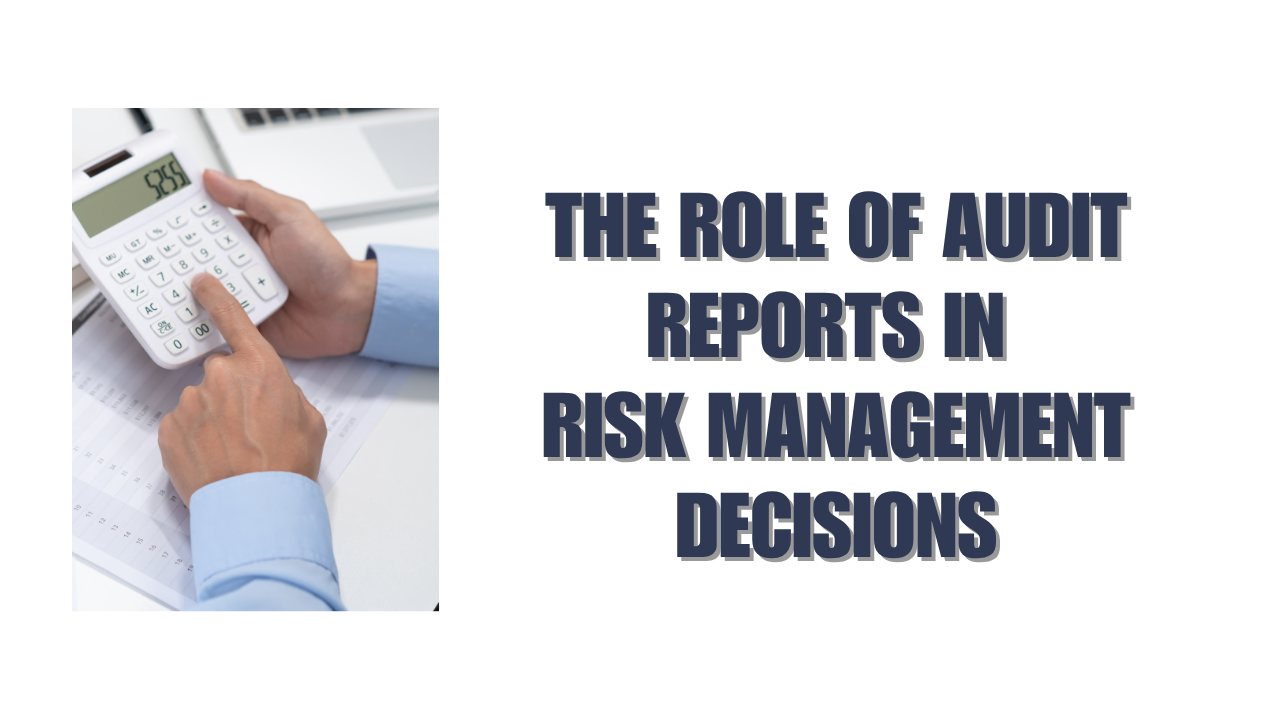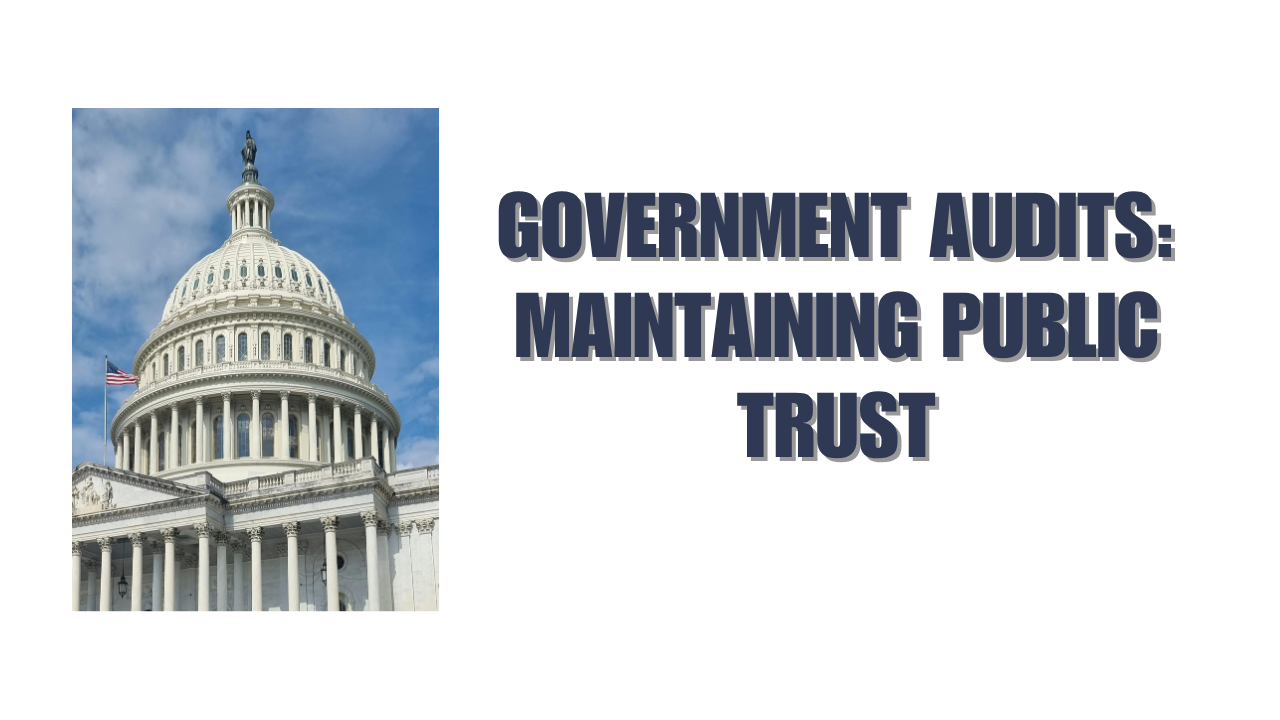In today’s fast-paced tech world, the term “AI-powered” gets thrown around more than ever. From small startups to large corporations, businesses are eager to showcase their use of artificial intelligence. But as AI adoption rises, so does the temptation to overstate or misrepresent it—a trend known as AI washing.
For auditors and compliance professionals like us, AI washing isn’t just a marketing issue. It directly affects how we assess financial integrity, especially when companies make bold claims that impact their valuation or future earnings. In this article, we explore how AI washing can impact financial reports, why it’s a serious compliance risk in 2025, and how we help our clients stay transparent and audit-ready.
What Is AI Washing?
AI washing is the practice of exaggerating or falsely claiming the use of artificial intelligence in a company’s products, services, or operations. It’s similar to “greenwashing” in environmental reporting, where businesses present themselves as more eco-friendly than they actually are.
Startups and tech firms are particularly prone to AI washing, often including inflated claims in their investor decks or annual reports. Examples include:
- Labeling simple automation as AI
- Claiming proprietary algorithms without evidence
- Suggesting future revenues are backed by advanced AI
This creates a challenge for auditors and investors alike—especially when these claims influence decision-making and financial projections.
Why AI Washing Matters for Financial Reports
Financial reports are legal documents that require accuracy and reliability. When businesses include AI claims in these reports, they may unintentionally—or intentionally—skew investor expectations and mislead stakeholders.
Here’s why AI washing poses a real concern:
- Valuation Risk: Startups might receive higher valuations by claiming they are “AI-first” or “AI-powered,” affecting share prices and investor interest.
- Revenue Projections: Financial forecasts based on AI-driven efficiencies or future AI products can be speculative if the AI is not real or functional.
- Asset Overstatement: Some companies list internally developed AI tools as intangible assets. If these tools don’t meet real AI standards, it inflates their balance sheet.
At Aurora Financials, we’ve seen how these inflated claims can create challenges during audits, especially when the numbers don’t align with the operational reality.
The Audit Risks Linked to AI Washing
When we perform an audit, our goal is to verify that a company’s financial statements reflect a true and fair view of its operations. AI washing undermines this process.
Let’s break down some of the specific audit risks it introduces:
1. Lack of Evidence
When companies claim to use AI but can’t provide documentation—like model validation reports, algorithm performance data, or deployment logs—it raises a red flag. We require verifiable evidence to confirm such claims.
2. Misclassification of Expenses
Some startups misclassify R&D expenditures related to basic automation as advanced AI investment. This can distort financial ratios and mislead stakeholders about innovation capacity.
3. Compliance Failures
In 2025, both New Zealand and global regulators are cracking down on deceptive financial reporting. Misleading AI claims can lead to non-compliance with financial reporting standards such as IFRS or NZ GAAP.
As auditors, we must stay vigilant and help our clients avoid these pitfalls by ensuring transparency at every step.
The Role of Auditors in Detecting AI Washing
At Aurora Financials, we take a hands-on, evidence-based approach to every audit. When a client makes a claim involving AI, we ask the following:
- What exactly does your AI do?
- How was it developed and tested?
- Is there documentation to support its use in operations or product delivery?
- How does this technology contribute to revenue or reduce cost?
We also collaborate closely with finance and tech teams to understand the actual workings of the technology. Our job is not to judge the technical merit of AI—but to ensure financial implications are based on facts.
If claims can’t be substantiated, we work with the client to adjust the narrative or reclassify certain items in the financials.
How We Help Businesses Stay Transparent
We understand that businesses want to showcase innovation, especially when pitching to investors. But there’s a difference between highlighting potential and crossing into misleading territory. That’s where we come in.
Here’s how we support our clients:
1. Early Review of Reports
We encourage clients to involve us early when preparing investor updates or annual reports. This allows us to identify red flags and correct them before they become a compliance issue.
2. Clarity in Narrative
We help businesses craft clear and compliant financial narratives around AI and automation. This includes disclaimers, risk factors, and transparent language.
3. Internal Controls and Documentation
We guide startups in building documentation frameworks that can stand up to audit scrutiny. This includes maintaining code documentation, test results, usage metrics, and cost breakdowns.
By working closely with startups and scale-ups, we help ensure their financial stories are as strong as their technology.
Challenges Companies Face in 2025
Many businesses genuinely try to innovate with AI but stumble into compliance issues unintentionally. The pressure to attract funding or keep up with competitors often pushes teams to oversell.
Some of the common challenges include:
- Lack of internal technical documentation
- Confusion between automation and machine learning
- Third-party tools labeled as proprietary AI
- Disconnect between marketing teams and finance teams
These issues can spiral quickly if not addressed early—especially during an audit or due diligence process.
Regulatory Standards Are Getting Tougher
In 2025, global regulators are introducing tighter scrutiny around tech disclosures in financial reports. New Zealand’s Financial Markets Authority (FMA) and international bodies like the IASB are emphasizing:
- Transparent disclosures for intangible assets like AI
- Clear separation between projections and actual results
- Independent audit verification for high-risk claims
Failure to comply may result in fines, reputational damage, or withdrawal of investor interest. As auditors, we help businesses align with these evolving standards to stay competitive and compliant.
How We Approach AI-Driven Companies
We’ve developed a framework specifically for auditing tech-heavy companies and startups. Our process includes:
- Initial risk assessment based on business model and disclosures
- In-depth review of AI-related statements in financial documents
- Cross-functional interviews with tech leads, finance teams, and founders
- Supporting evidence collection for all claims tied to performance or revenue
This helps us provide assurance that goes beyond numbers—we validate that the story your financials tell is truthful and credible.
Why This Matters More Than Ever
Investors, regulators, and even customers are demanding greater transparency. In 2025, a misleading AI claim isn’t just a branding misstep—it can lead to audit issues, lost trust, and potential legal consequences.
Accurate financial reporting is a pillar of business integrity. When companies get that right, they build credibility that supports long-term growth. We’re here to make sure our clients do just that.
Conclusion
AI washing is more than a buzzword problem—it’s a financial reporting risk that can affect your business valuation, investor trust, and audit outcome. At Aurora Financials, we take pride in helping companies communicate honestly, comply with regulations, and prepare for sustainable growth.
As more businesses embrace AI and automation, staying clear and honest about what your technology actually does will separate you from those who cut corners. We’re here to support that transparency—every step of the way.
FAQs
1. What is AI washing in financial reporting?
AI washing in financial reporting is when a company exaggerates or misrepresents its use of artificial intelligence in documents like investor updates or annual reports. These claims may overstate capabilities, inflate valuations, or influence revenue forecasts. For auditors, such statements can introduce risk if they aren’t supported by documentation. Accurate reporting is essential to maintain compliance and investor trust.
2. How can AI washing affect an audit?
AI washing can make it difficult for auditors to validate claims tied to revenue, assets, or cost savings. If a company labels a simple automation tool as advanced AI, it might misclassify R&D costs or mislead stakeholders. During an audit, we look for clear evidence of any AI claims. If those aren’t verified, we may recommend adjustments or disclosures to avoid compliance issues.
3. How do we help clients avoid AI washing risks?
We help our clients avoid AI washing by reviewing financial statements early, verifying technical claims, and ensuring all disclosures are supported by documentation. Our process includes interviews with both tech and finance teams to understand the reality behind the numbers. We focus on transparency, clarity, and compliance to ensure every claim made in a report can stand up to scrutiny.






